Seedless plant diversity
1/26
There's no tags or description
Looks like no tags are added yet.
Name | Mastery | Learn | Test | Matching | Spaced |
|---|
No study sessions yet.
27 Terms
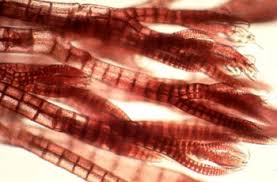
Red algae
lack flagella and centrioles
use a photosynthetic pigment called phycoerythrin
Rhodophyta
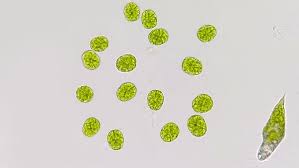
green algae
flagellated cells.
Some unicellular
filamentous
colonial
multicellular bodies.
Chlorophyta
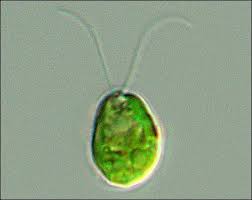
Unicellular (green algae)
resemble the gametes of more complex
chlorophytes
Chlamydomonas
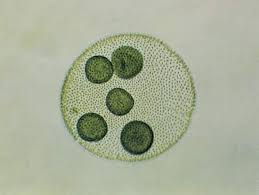
Colonial (green algae)
moves with flagella
Dark spots inside each colony are daughter colonies
Volvox
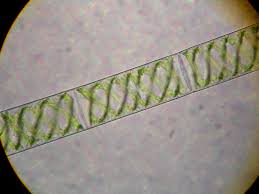
Filamentous (green algae)
Spirogyra
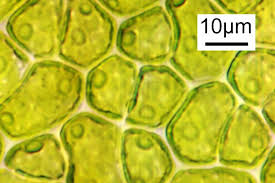
Multicellular
Ulva
true mosses
Liverworts
Bryophyta
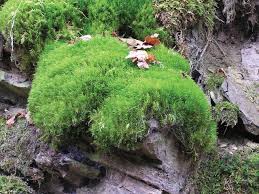
do not have true leaves
true stems
or true roots.
Nutrients and water are absorbed across the entire plant body
True mosses
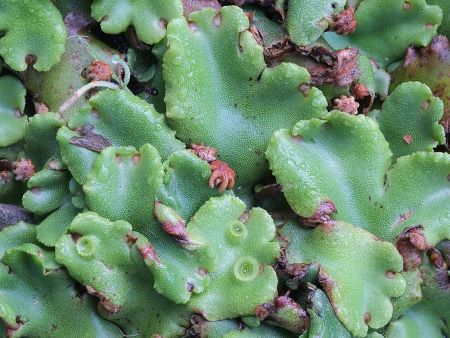
Gemmae cups
Thallus
Pores
Rhizoids
Live liverworts
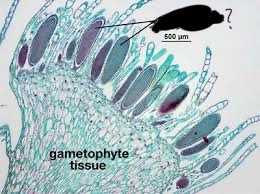
Moss antheridium
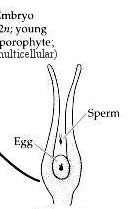
Moss archegonium
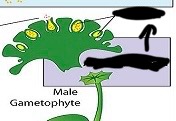
Liverwort antheridium
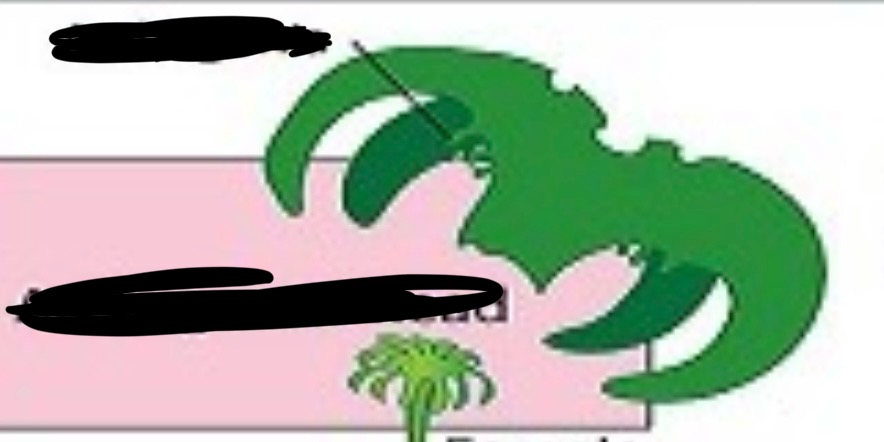
Liverwort archegonium
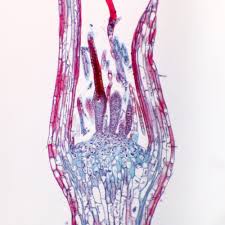
Moss sporophyte (capsule)
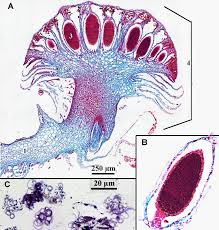
Liverwort sporophyte
Club mosses
Spike mosses
Lycophyta
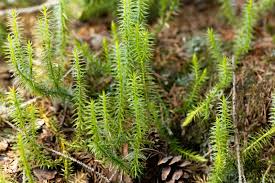
true roots
true stems
true leaves
Club mosses
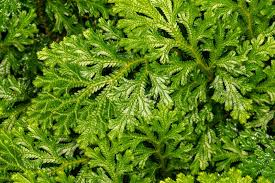
true roots
true stems
true leaves
Spike mosses
producing two types of spores:
Macrospores and microspores
Selaginella strobilus
heterosporous
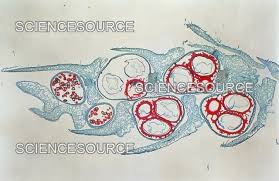
Produces one type of spores:
Asexual spore
Lycopodium strobilus
homosporous
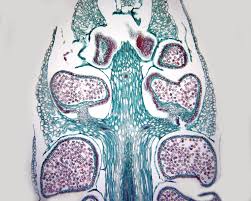
Ferns
Horsetails
Whisk ferns
Monilophyta
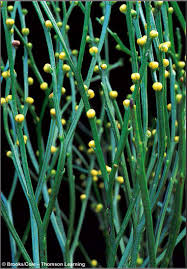
Whisk fern
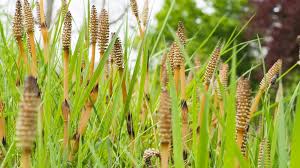
Horsetails
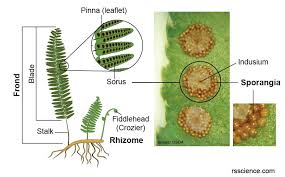
Sporophyll
Sori
Indusia
Spores
live fern sporophytes
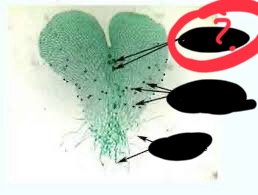
fern gametophytes archegonia
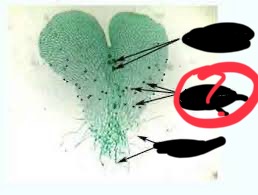
fern gametophytes antheridia
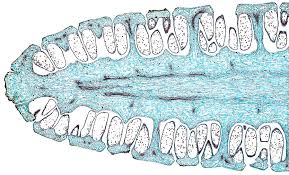
Other name for “horsetail”
Equisetum mature strobilus